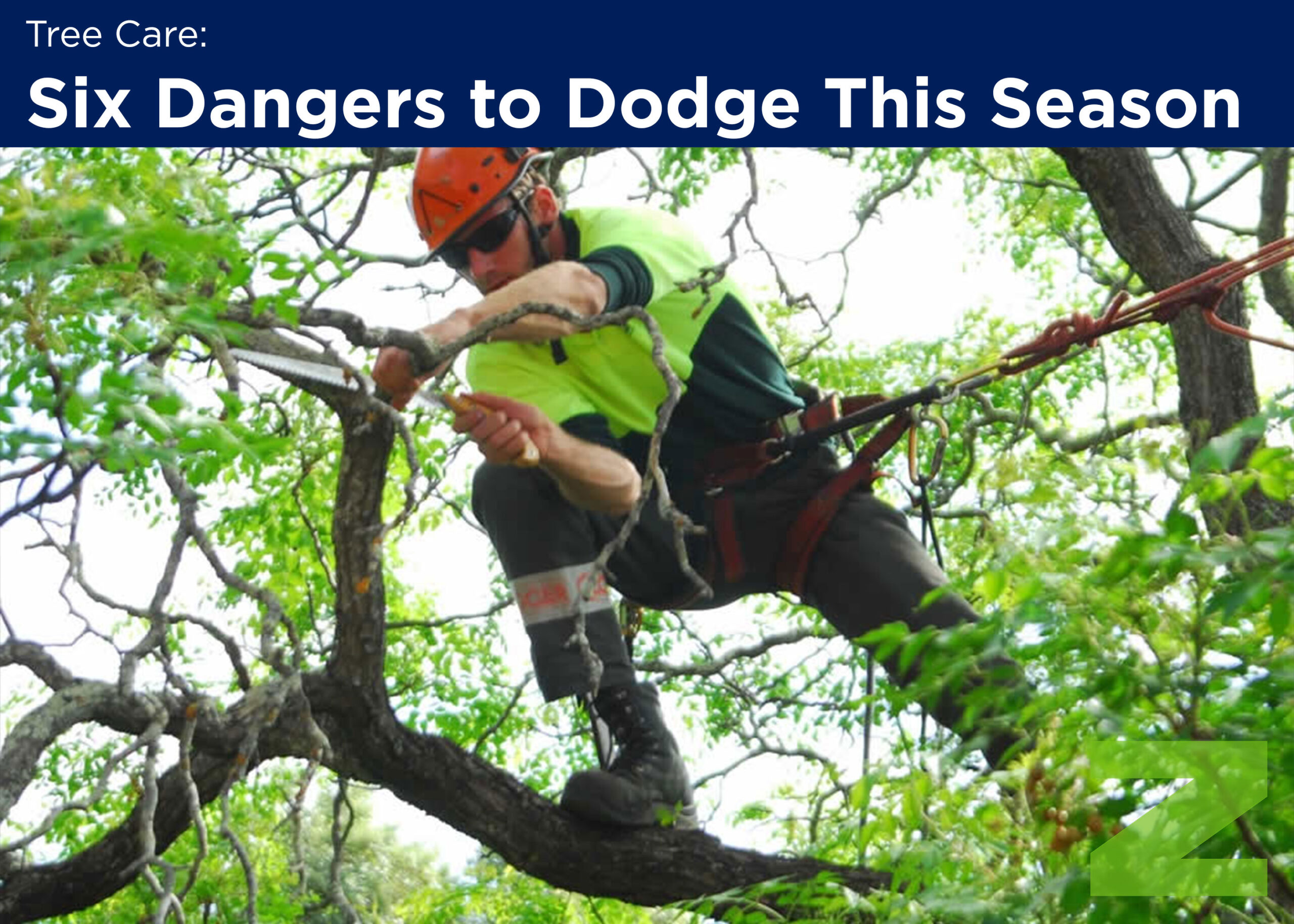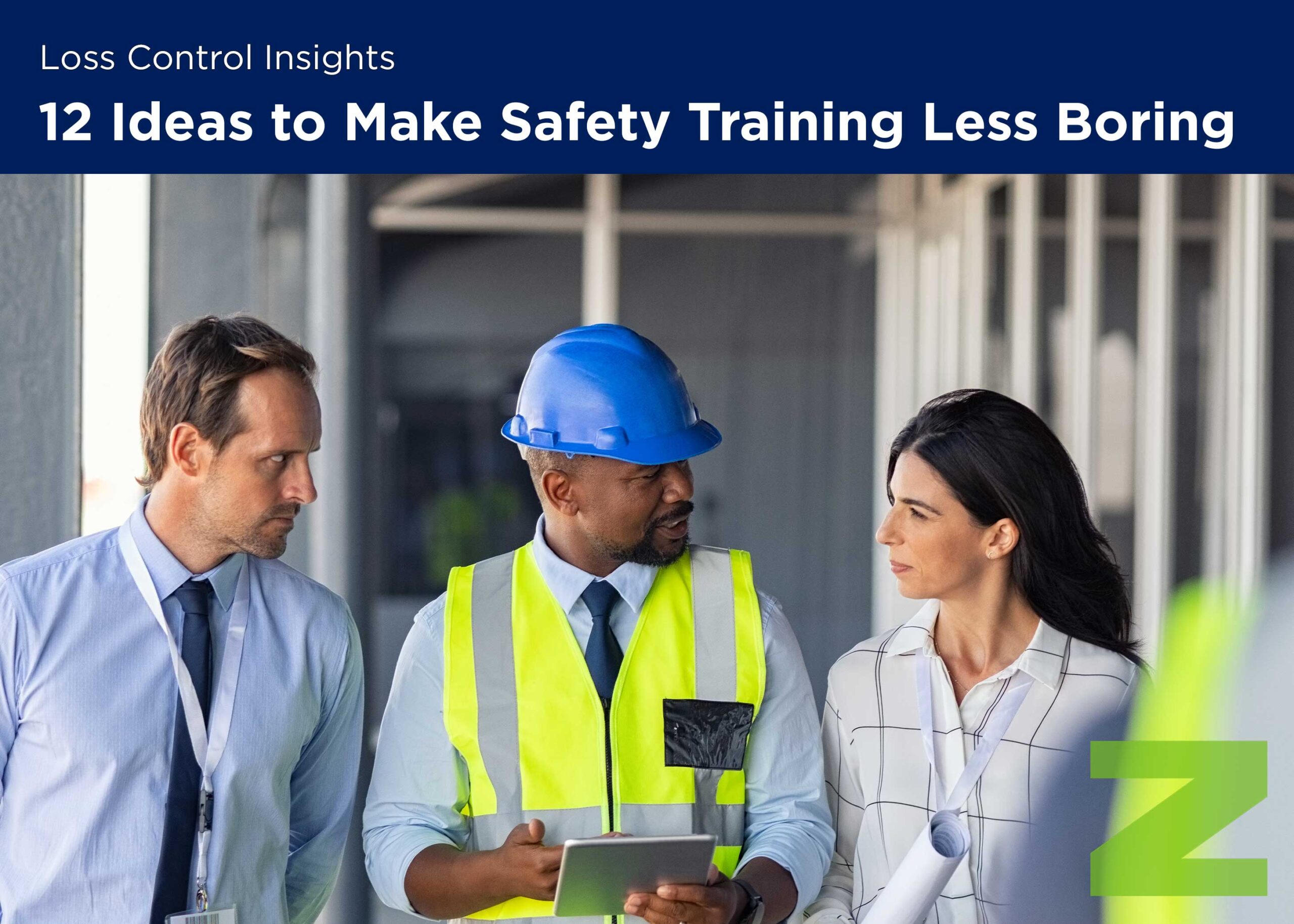Spring is in the air, and landscaping contractors everywhere are ready to get back to work. As you’re booking jobs and prepping equipment, make sure you carve out some time to review safety. Time spent planning and training now will help ensure you’re at full capacity when the busy season arrives.
Control Vehicle and Pedestrian Traffic While Working
Controlling the flow of vehicles and pedestrians within your work area is key to preventing serious accidents. If your work will occur near a roadway, use traffic control devices such as cones, barricades and flaggers to guide vehicles through or around the traffic zone. For help on this, check out the Manual on Uniform Traffic Control Devices from the U.S. Department of Transportation. If the job will interfere with traffic, use certified flaggers to help manage vehicles. Ensure your workers are easily visible to drivers by requiring employees to wear high visibility vests and using lights at night.
If your work area will affect pedestrian traffic, make sure you provide a safe alternate route that’s well-marked to prevent anyone from accidentally wandering into your jobsite.
Manage Drop Zones to Avoid Overhead Hazards
Falling tree limbs or dropped hand tools can land with enough force to cause serious injuries to workers on the ground, so it’s important to manage your drop zone whenever overhead work is occurring. Use cones or caution tape to mark the drop zone, and require all workers to wear a hard hat and eye protection.
Workers should also establish a system of verbal and visual communications so that elevated trimmers can inform ground personnel to stand clear when an overhead hazard exists.
Minimize Hazardous Noise from Equipment
Noise-induced hearing loss can come from a one-time exposure to an intense noise or continued exposure to loud noises. Many types of landscaping equipment—chippers, chain saws, mowers—produce a hazardous level of noise, but there are ways to protect workers from permanent hearing damage.
- Understand hazardous noise levels – While there are specific guidelines for what is considered dangerous, a good rule of thumb is that if you must raise your voice to speak with someone three feet away, you are experiencing hazardous noise.
- Help make tools quieter – You can help make your equipment quieter with proper maintenance. Apply needed lubrication, use sharp blades and change seals. Replace worn parts and consider installing mufflers, if available.
- Provide hearing protection – Ideally you should do your best to eliminate as many noise exposures as possible, but if your employees’ noise exposure still exceeds 85 dB over an 8-hour period you should create a hearing protection program to protect employees. Hearing protection might take the form of ear plugs (disposable or reusable) or ear muffs. Depending on noise levels, employees may need to wear more than one type of hearing protection at the same time. For more on hearing protection, check out EMC’s Hearing Protection online training course.
Plan Ahead to Avoid Falls
Using aerial lifts or ladders to get closer to your work introduces additional safety considerations. Workers can be thrown from elevated buckets, or a lift may tip over. Only qualified and trained workers should be allowed to operate aerial lifts, and they should always follow manufacturer instructions. Use brakes and wheel chocks to ensure lifts stay put, and set outriggers on a solid, level surface to prevent tip-overs.
Assess the work site before setting up equipment, looking specifically for overhead hazards and sloped or unstable ground areas that might not be suitable for equipment placement.
Don’t forget about fall protection for employees working in lifts or near unguarded edges. Use a body harness or restraining belt, and tie off to an approved anchor point.
Avoid Overhead Power Lines
Workers can be electrocuted when a tree limb, branch or uninsulated aerial lift comes into contact with a live electrical power line. Train your employees to spot power lines before beginning work, and treat all overhead lines and cables as if they are energized. Unless specifically qualified, employees should stay at least 10 feet away at all times.
If working near power lines, use non-conductive ladders made of wood or synthetic material (never metal). To avoid accidental contact with lines, do not trim trees in dangerous weather conditions, and do not use corded electric power tools in trees near energized power lines. For more information about working near electricity, read Electricity and Tree Care Work (Spanish version) from OSHA.
Keep Your Distance from Chippers
You likely work with several types of hazardous equipment, each with their own safe work practices. Some kinds of equipment, like chainsaws, are obviously hazardous due to visible blades and fast rotation. Other equipment, like wood chippers, can seem less dangerous because the most hazardous parts are hidden from view.
Workers using chippers may be injured when they lean too far into the chipper hopper or get too close while feeding material in with their hands. They can also be struck by the material that is thrown from the chipper.
Start by making sure workers know how to inspect and operate chippers, and that all safety guards and controls are working properly. Anyone working near a chipper should wear safety glasses, a hard hat and hearing protection. Close-fitting clothing and skid-resistant shoes can also prevent unfortunate accidents in or near a chipper.
Workers should always stand to the side when feeding materials, inserting the cut end first and using larger pieces (instead of hands) to feed in small branches. Only wood should be placed into the machine, and workers should never reach into the chipper to clear a jam while it is operating.





